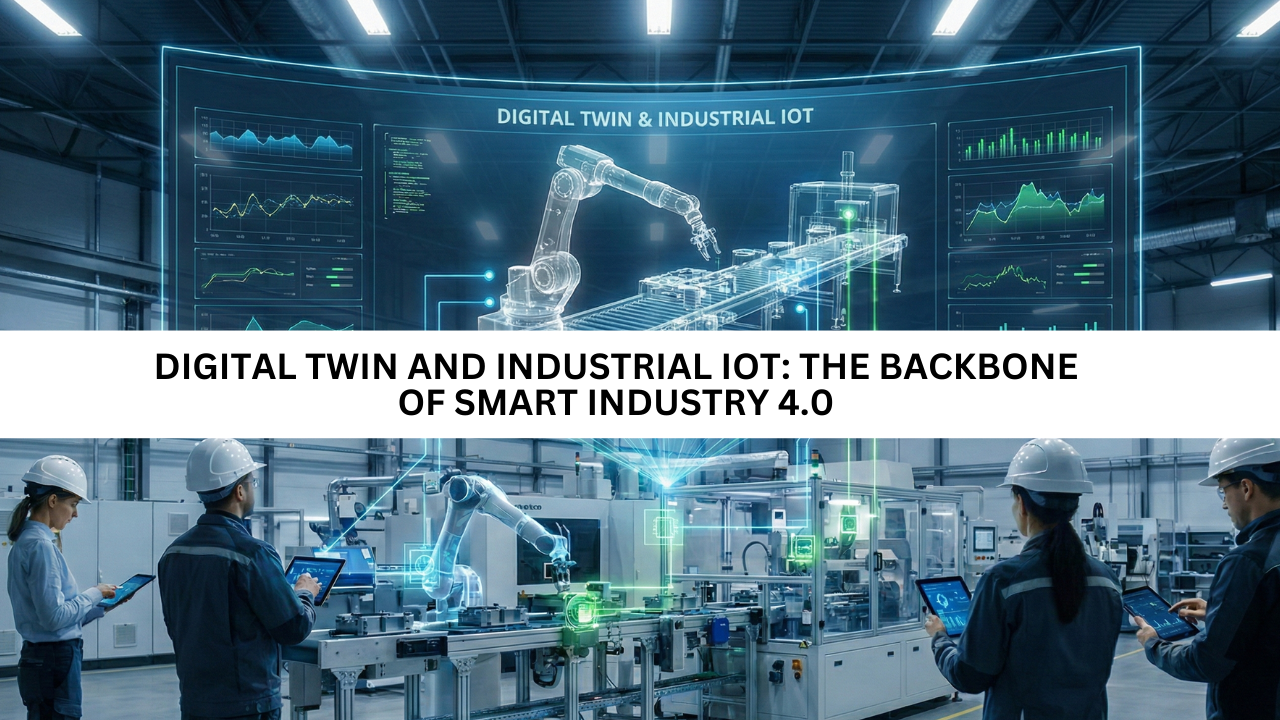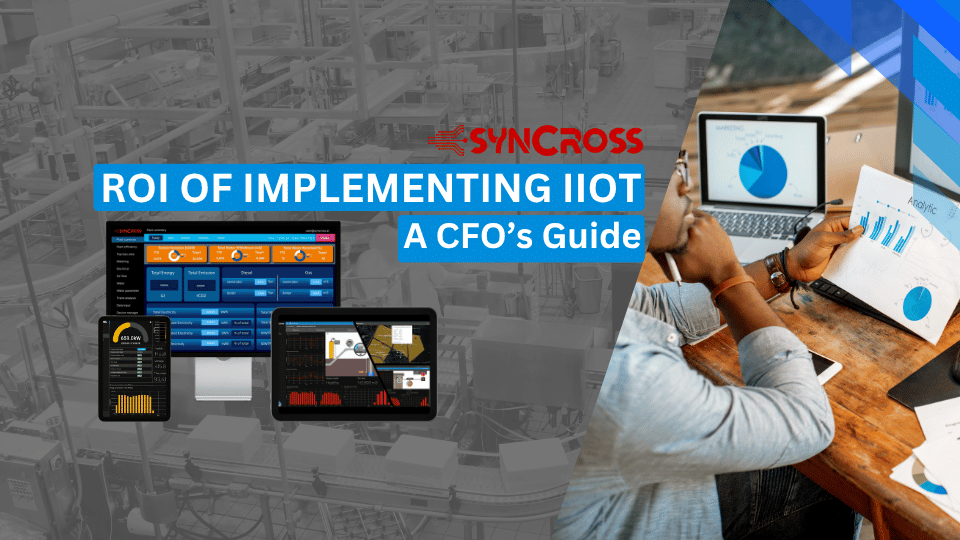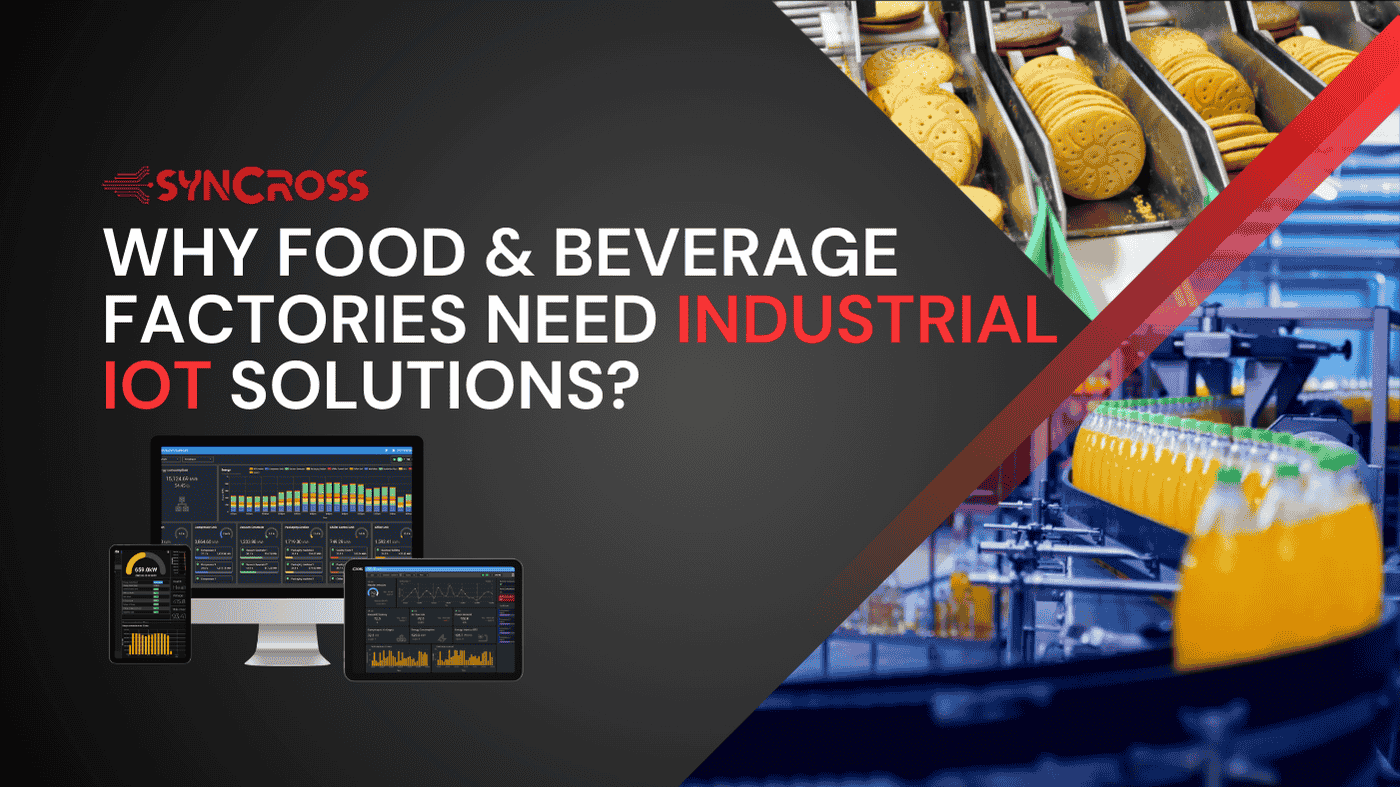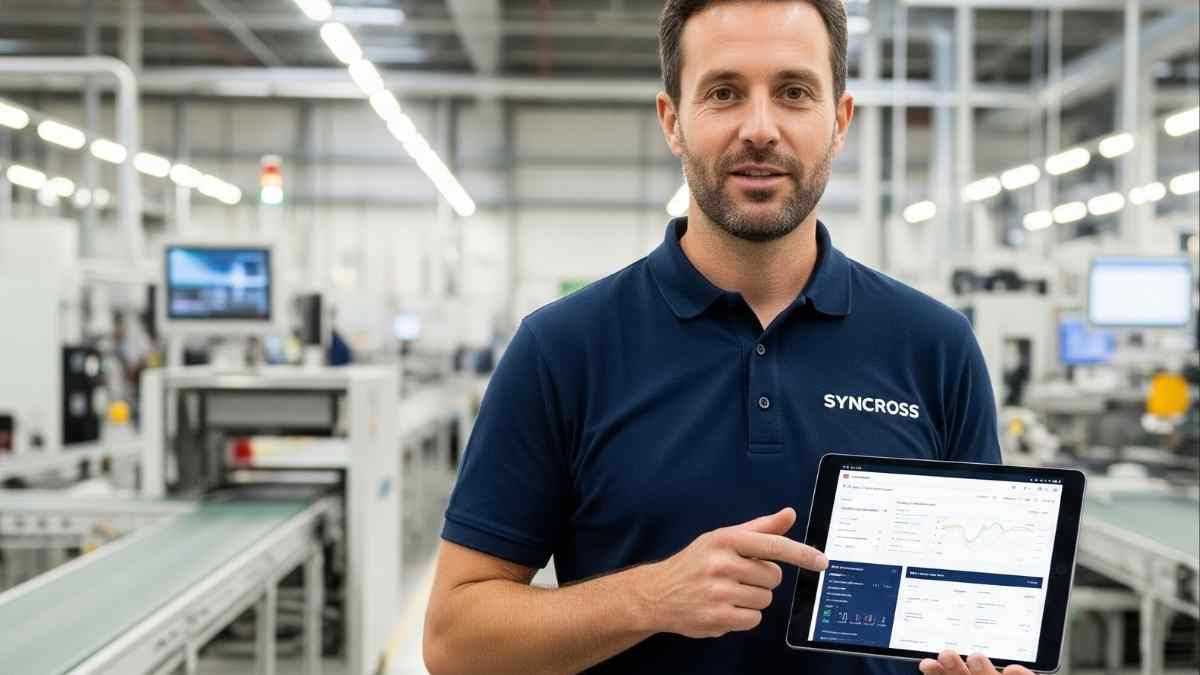Many new applications of industrial automation have been driven by productivity improvements, dependability, and protection associated with these technologies. Yet, for many years, SCADA systems have been considered the heart of automation, as only one single possibility existed to control and, to a lesser extent, monitor processes. Nowadays, with the evolution of IIoT, the view has changed, and it is now believed to provide more valuable connectivity, scalability, and insights through data. These two technologies are key to modern industrial operations, but it can be tough to grasp the distinctions between them and know when to pick one over the other.
The Challenge of Choosing Between SCADA and IIoT
It’s not always a straightforward choice between SCADA and IIoT. Both systems have their strong points, and it depends on aspects, such as what an industry needs, how complex the operation is, and what you have in mind for the future.
SCADA Systems: Industries have been implementing SCADA systems for automation for many years now. For example, the systems allow operators to monitor and control complex processes from one central point while collecting actual data. Nevertheless, SCADA systems are often characterized by limitations in terms of scaling up or integrating diverse data sources; they do not provide the much-needed change in tune with changes occurring in the industrial process.

Industrial IoT (IIoT): This is a more modern way of implementing industrial automation compared to SCADA. IIoT, on the other hand, connects devices and systems over the Internet, enabling remote access of these devices to collect data, its analysis, and decision-making in real time, though to a more detailed scale. But IIOT needs a more complex setup and could be costlier to deploy at initial stages.

Deciding Which One to Go with: SCADA vs IIoT
Consider the following while choosing between SCADA and IIoT:
1. How big are your operations?
SCADA: It might work if you have one site, or a few processes. It gives you good control and keeps an eye on things. People have used it for a long time.
IIoT: If you have many plants or many devices and processes, IIoT can grow with you. It’s better fit for bigger configurations.
2. What You Need to Do with Data?
SCADA: Select this in case one needs to see and manage things in real time, but don’t need to do something with the data afterwards.
IIoT: Industrial IoT is great for data handling; if you generate large amounts of data and would like to put it to work—seeing and taking action on it promptly.
3. How much money can you spend?
SCADA: SCADA might have a lower price if you run a smaller setup and do not have that much to spend.
IIoT: You may incur some upfront costs when using IIoT, but in the long run, it actually saves you money. It helps things run smoother and can tell you when machines need fixing before they break.
4. How can you future-proof your IACS?
SCADA: Provided your prevailing needs persist and do not change, then SCADA should be sufficient owing to its simplicity and reliability.
IIoT: Capable of scaling for growth or a change in the business process, IIoT will fit into your increasingly dynamic needs for better returns in the longer run.
Case Studies: SCADA vs. IIoT in Action
Below, let’s go through some real case studies that draw a line showing the differences between SCADA and IIoT:.
Case Study 1: SCADA Implementation for a Water Treatment Facility

Description: The city’s water treatment plant required a system that would be able to monitor and control its effective filtration, dosage of chemicals, and the process of its water distribution.
Solution: The SCADA automation allowed for the monitoring and control of real-time throughout the whole installation. The setup was designed and configured such that it would suit the specific plant needs. In this case, controllers and sensors were put in place all in the name of treatment stages.
Outcome:Maintained high water quality within the facility and quickly fixed any mismatches, such as when equipment failed and chemicals were suddenly out of balance.
A central supervisory control system will allow these workers to run the whole plant from one spot, things will work better, and people won’t have to do as much by hand.
Case Study 2: Manufacturing Plant – Transition to IIoT

Description:The large factory, with several production lines, was presenting some problems regarding downtime and inefficiency in equipment. The current SCADA system of the plant is not prepared to master the increased level of operations and data requirements.
Solution: It decided to shift to an IIoT. The new setup integrated all of its production lines, machines, and sensors with the core cloud platform for data uploading and live analysis. Predictive maintenance tools were auxiliary, thus reducing downtime of gears and equipment.
Outcome: The transition to IIoT had a significant effect on the productivity of the plant. The operators applied the real-time data and analytics in spotting bottlenecks and efficient production processes. These tools utilized in predicting the needs for maintenance reduced the equipment downtimes by 30%, hence big cost-saving.
Conclusion:
At SincoS, we focus on the delivery of full-scale solutions to industrial automation, which bundle both SCADA systems and Industrial IoT services. SincoS is aware that every business is unique and particularly in need; therefore, it offers a range of solutions that can meet variable operational demands. The SCADA solution provides you with reliable real-time tracking and control, thus guaranteeing continuity in your industrial processes.
More importantly, state-of-the-art Industrial IoT services are provided through our own platform, Syncross. It has influenced businesses to let the power of IoT enhance data integration, scalability, and remote monitoring with real-time analytics. Whether it be a traditional SCADA system or migrating to an advanced IoT-based solution, Sincos is capable with skills and fresh ideas.






